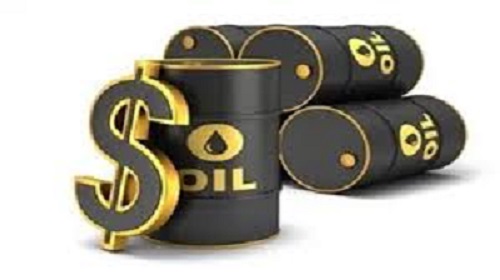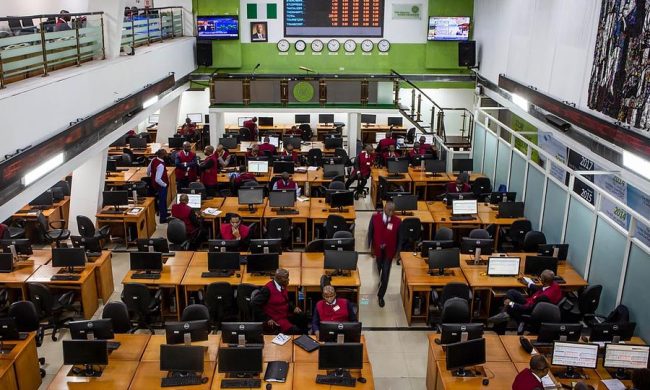Crude oil price is set to end the nightmare of producers as it rose for the second day thursday by 13.8 per cent to $25.65 per barrel.
The price got a lift from the decreasing United States’ inventories, coupled with expectations that the gradual relaxation of lockdowns by countries would improve demand.
Reuters reported that with the price being lifted by signs that the United States crude glut is not growing as quickly as expected, it’s clawing back the ground, at the end of a month of tumbles caused by COVID-19 pandemic that caused it to slump to a two-decade low.
The global benchmark, Brent crude was up 13.8 per cent, or $3.11, at $25.65 per barrel in light trading.
The front-month contract for June was set to expire yesterday, while the more actively traded July contract was up $2.51 or 10.4 per cent, at $26.74 a barrel.
Also, the West Texas Intermediate (WTI) crude was up 16.5 per cent, or $2.48, to $17.54 per barrel.
The US benchmark had surged 22 per cent on Wednesday.
The increases are a modest but marked recovery from the nosedive of US crude futures for May as much as $40 into the negative on April 20 – an unprecedented plunge below zero that traders had not previously believed was possible.
Brent futures also tanked to below $20 a barrel.
US crude inventories grew by nine million barrels last week to 527.6 million barrels, Energy Information Administration (EIA) data showed, below the 10.6 million barrel rise expected by analysts.
US petrol stockpiles fell by 3.7 million barrels from record highs the previous week, with a slight rise in fuel demand offsetting a rebound in refinery output.
Yet indicating the depth of the crisis hitting the global industry, Royal Dutch Shell said yesterday it was cutting its dividend for the first time since World War II.
Storage concerns continue to weigh with the International Energy Agency, saying global capacity could peak by mid-June.
US President Donald Trump said his administration would soon release a plan to help US oil companies, while Treasury Secretary, Mr. Steven Mnuchin, said it could include adding millions of barrels of oil to national reserves.
Western Europe’s largest oil producer, Norway, said it would lower output from June to December, cutting production for the first time in 18 years as it joined other major producers in action aimed at supporting prices and curbing oversupply.
OPEC and other oil-producing nations, a grouping known as OPEC+, agreed this month to cut output by a record amount, around 10 per cent of global supply, to support oil prices.
The agreed cuts are due to take effect from today.
Kuwait said it had begun reducing oil supply to the international market without waiting for the deal agreed to take off.
In addition to the OPEC+ deal, other producers are also pledging reductions.
With countries that have lockdown measures in place accounting for more than 90 per cent of last year’s oil demand, there are hopes of demand recovery as these countries reportedly moved to ease lockdowns.
Meanwhile, OPEC’s oil output has jumped in April to a 13-month high as Saudi Arabia and its Gulf allies opened the taps following the initial collapse of an OPEC-led supply pact, offsetting further declines in Libya, Iran, and Venezuela.
On average, the 13-member OPEC has pumped 30.25 million barrels per day (bpd) this month, according to the survey, up 1.61 million bpd from March’s revised figure.
An OPEC-led supply pact collapsed on March 6, temporarily ending three years of cooperation and starting a battle for market share.
This free-for-all lasted until the producers, known as OPEC+, agreed on a new cutback from today.














